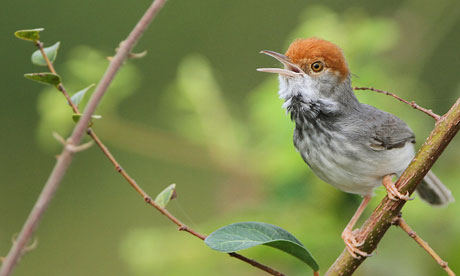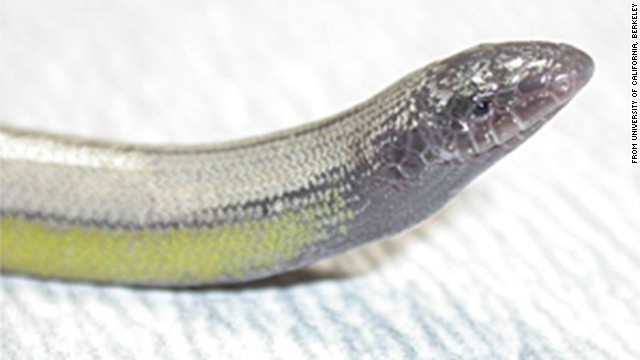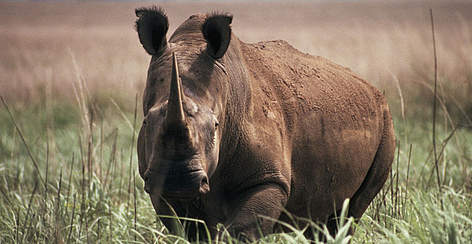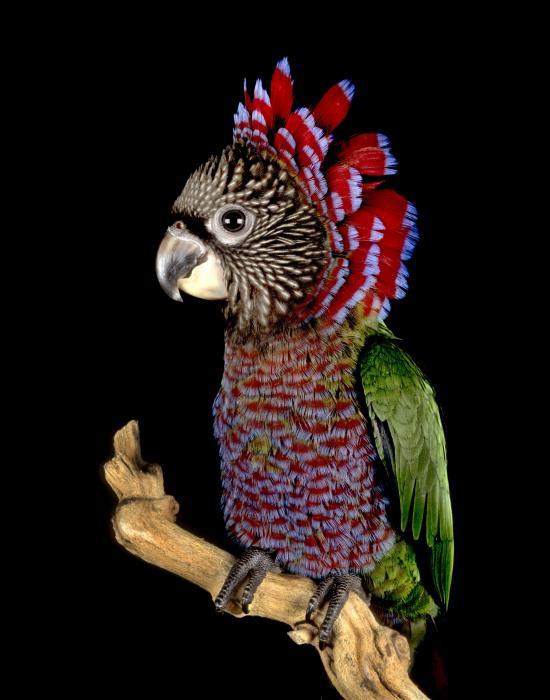The common hippopotamus (Hippopotamus amphibus) is a species of even toed hoofed mammals endemic to Africa. Though it is classified as a even toed hoofed mammal, it is thought to be more closely related to whales. They are rated as 'Vulnerable' by the IUCN.
Physical Features
The hippopotamus is the third largest land animal by weight. Males can weigh anywhere between 1.4 to 3 tonnes with females being smaller. The largest hippopotamus was a male that weighed 4500 kilograms(4.5 tonnes). Their bone density is slightly greater than that of water. This allows it to gently sink in water. However, if it inflates its lungs while on the surface of the water, it can remain afloat without much effort. Hippopotamuses can grow about 9 to 15 feet long and have tails that can grow up to 1.5 feet. Despite being so bulky, they can swim and walk underwater. They can reach speeds of about 30 km/hr on land using their short, insubstantial looking legs. Hippopotamuses feature very large jaws and can open their mouths at angle of 150 degrees. Their body varies from a gray to blue-black upper body. The lower part of their body has a slight pinkish tinge. They have an expanded muzzle with the nose
| The large canines and incisors of a hippopotamus |
Diet
The hippopotamus is mainly herbivorous, though some have been observed eating small animals. The main constituent of its diet is savanna grass. They generally graze at nights and are led to their food by a dung trail left by them. They also eat commercial crops like rice present in agricultural regions. A hippopotamus may eat about 40 kilograms of grass every day.
Distribution and Habitat
The hippopotamus is found in western, central, southern and eastern parts of Africa. They generally inhabit short grasslands, muddy wallows, rivers and lakes.
Habits
The hippopotamus is mainly nocturnal. It rests in water during day time and grazes during nights. They make noises like squeals, bellows and rumbles. They sometimes make noises characterized with a loud 'ho-ho-ho'.
Life Cycle
Females generally give birth to one calf in water after a gestation period of about 240 days. Females mature between the ages of seven and fifteen while males mature at the ages of six to 13. Hippopotamuses can live for about 48 years in captivity. In wild, they can live for about 45 years.
Source of pic 1 and pic 2


















